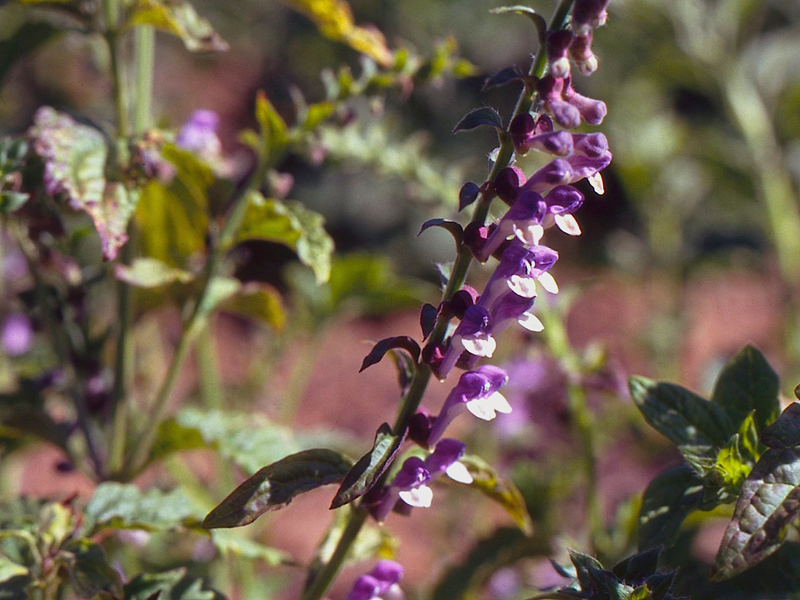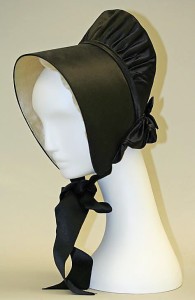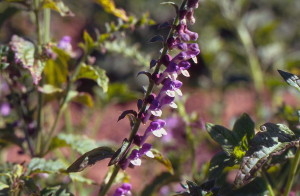
On being still: scullcap and Quakers
Scullcap (Scutellaria lateriflora) is a lovely gentle little plant, one of my favourites for relaxation, and for countering anxiety states.

19th cenury Quaker bonnet. Image from the Smithsonian
One of its common names is ‘Quaker bonnet’, as the scullcap flower was seen to resemble a woman’s bonnet, in the style worn in the 17th- 19th century by Quaker women. Look at the scullcap flowers. Can you see the shape of the flower? It is in two parts, a higher back part and a straight front part, like the Quaker bonnet.
At one time in my life, I regularly sat in Quaker meeting. Quakers are a Christian group, known for their commitment to social justice and to pacifism. When Quakers meet on Sundays, they sit together in silence. There is no order of service, no singing, priest or minister of religion directing the service. Just a group sitting in silence which is only broken when a member feels moved to speak and break that silence.

Scutellaria lateriflora, scullcap
Photo by Jenny Grinlington
This is not a group meditation, as at the end of a yoga class. There is a characteristic peacefulness about Quaker meeting. The ‘quaking’ of Quakers comes from the anxiety a member is said to feel if they feel they need to speak. Members are only supposed to speak if they believe that the Holy Spirit is speaking through them. It is quite a responsibility, sitting there in the quiet, deciding whether your voice, your message, is the one that the group needs to hear right now. Is it the Holy Spirit or is it your ego? No wonder some people feely shaky, or ‘quake’ as they wonder whether to speak up.
How does this relate to scullcap? I have found that the plant is particularly useful to ‘still’, for feelings of anxiety particularly associated with a sense of shakiness or tremor.
This is another example of Doctrine of Signatures. The plant is said to resemble a Quaker bonnet from the 19th century. While modern Quakers don’t have special hats, the plant today is used to bring a stillness and peace.
It should not be confused with its cousin, Scutellaria baicalensis, named for Lake Baical in central Asia and which has quite different therapeutic properties.
The basics:
What’s its name?: Scutellaria lateriflora (see how the flowers, the flora, are only on one side of the stem? They are lateral) Scullcap, Quaker bonnet
What part of the plant is used?: herb – ie the above ground parts, picked when the herb is in flower
What does it do? relaxant, sedative
What is it good for? anxiety
Where does it come from?: North America
Are there issues re over-harvesting? No, it can be cultivated

0 Comments